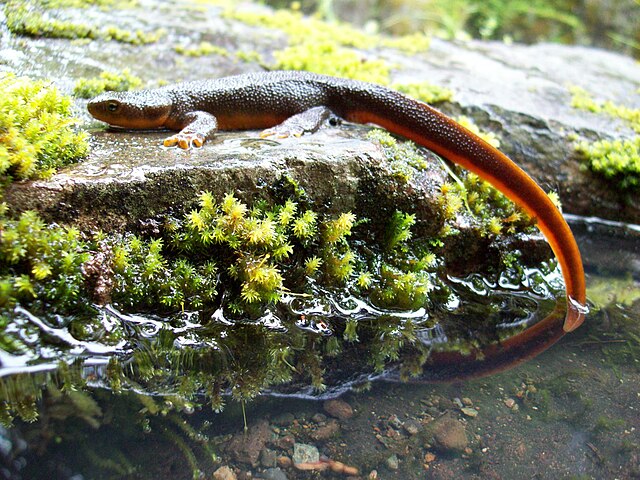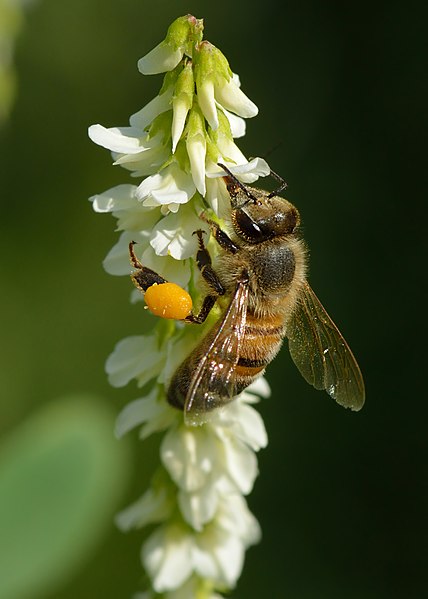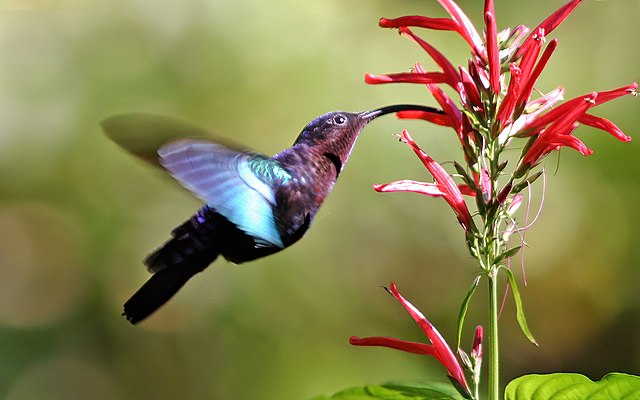In evolutionary biology, an evolutionary arms race is an ongoing struggle between competing sets of co-evolving genes, phenotypic and behavioral traits that develop escalating adaptations and counter-adaptations against each other, resembling the geopolitical concept of an arms race. These are often described as examples of positive feedback. The co-evolving gene sets may be in different species, as in an evolutionary arms race between a predator species and its prey, or a parasite and its host. Alternatively, the arms race may be between members of the same species, as in the manipulation/sales resistance model of communication or as in runaway evolution or Red Queen effects. One example of an evolutionary arms race is in sexual conflict between the sexes, often described with the term Fisherian runaway. Thierry Lodé emphasized the role of such antagonistic interactions in evolution leading to character displacements and antagonistic coevolution.
Rough-skinned newt
Cane Toads have experienced a massive population explosion in Australia due to the lack of competition.
In biology, coevolution occurs when two or more species reciprocally affect each other's evolution through the process of natural selection. The term sometimes is used for two traits in the same species affecting each other's evolution, as well as gene-culture coevolution.
The pollinating wasp Dasyscolia ciliata in pseudocopulation with a flower of Ophrys speculum
Honey bee taking a reward of nectar and collecting pollen in its pollen baskets from white melilot flowers
Purple-throated carib feeding from and pollinating a flower
A fig exposing its many tiny matured, seed-bearing gynoecia. These are pollinated by the fig wasp, Blastophaga psenes. In the cultivated fig, there are also asexual varieties.






